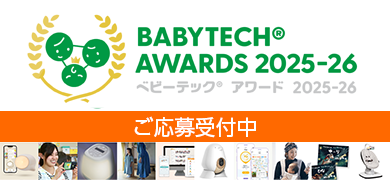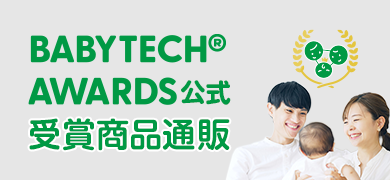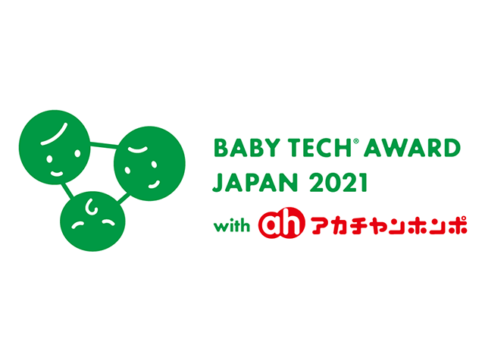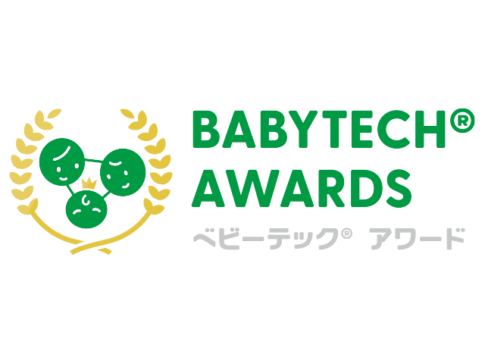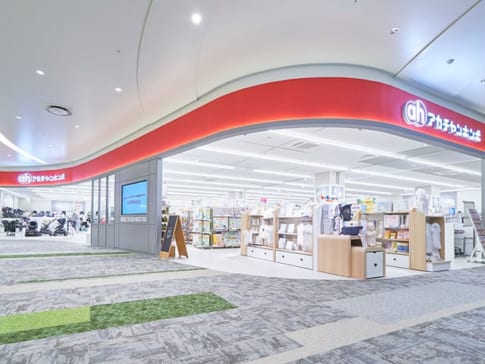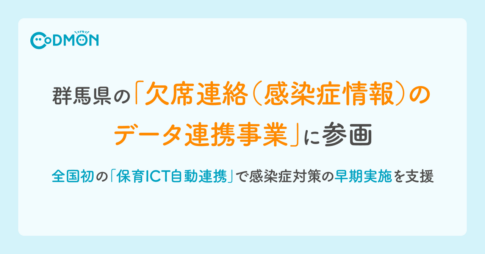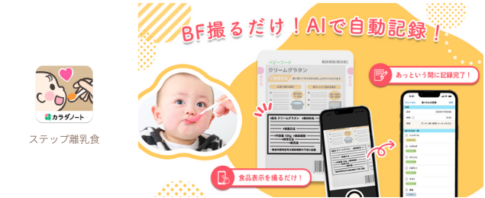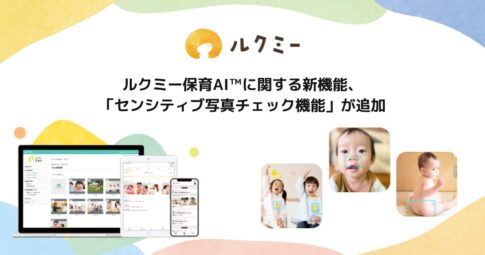- A system that visualizes the realistic activity and physical activity of children in daycare centers and other locations.
- Measured values are based on international standards, and results can be used to improve childcare planning and other aspects of the program.
- Extremely low labor and financial hurdles after installation, such as annual replacement of sensor batteries
The "Sansan Kids System" introduced here is a system that visualizes children's growth and development. The system analyzes data from activity meters worn by children and tells them the amount and intensity of their daily physical activity. This system won the grand prize in the "BabyTech® Award Japan 2021 Research and Study Category. The BabyTech.jp editorial staff interviewed Mr. Masahiro Kuroda of Goleta Networks, Inc. (hereafter, titles omitted), the developer of the "San-san Kids System," to learn about the system, its development, and future development.
(We spoke to...)

Goleta Networks, Inc.
Masahiro Kuroda
Visualize the "true activity and physical activity" of children who spend time as usual!
Editorial:Thank you very much for your time today. Could you begin by giving us an overview of the "San-san Kids System" and its features?
Kuroda:The Sansan Kids System is a system for visualizing children's growth and development for childcare professionals and researchers. Specifically, the system measures and analyzes children's activity and physical activity, and the results are used for childcare, education, and research.
Editorial:What was the impetus for developing this system?
Kuroda:The genesis of the development of this system was the restriction of children's outdoor activities after a major earthquake 10 years ago. The local government, with a sense of crisis, wanted to survey children's physical activity status, which led to the research and development of this system.
So there is a "need to visualize the exercise situation" in an environment where children's exercise is restricted. This is precisely the connection with the recent new type of corona. As we enter the third year of the new corona outbreak, we are seeing many things, such as a decrease in physical activity among kindergarten and elementary school children.
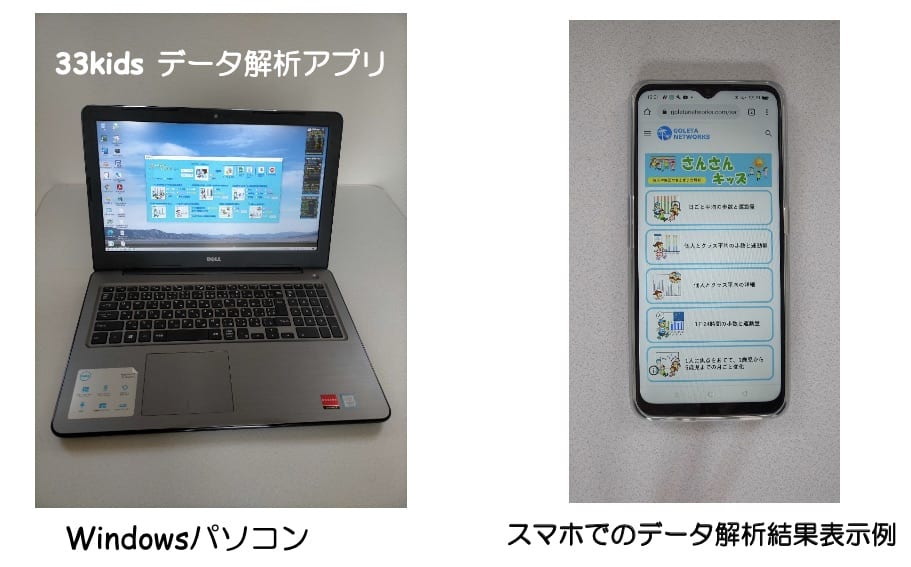
A similar method of measuring children's physical activity is ......, which often brings children to a facility in a laboratory, where they are given a day of simulated exercise and the survey data is analyzed. However, data from children exercising in an unfamiliar environment is not accurate data. In this respect, the Sansan Kids System provides data on children playing around at kindergartens, nursery schools, and elementary schools as usual.
Editorial:So you can measure the true physical activity of children!
A system that minimizes the labor of workers in the field and the financial burden of implementation.
Editorial:What exactly is the measurement method of the San San Kids System?
Kuroda:Children wear a device weighing 10 grams called an "activity meter. Of course, we take double and triple measures to prevent aspiration in case the child is an infant. Children wear the device themselves when they arrive at nursery schools and kindergartens, and remove it when they leave. Data is sucked up only once a month.

Kuroda:When the measured data is analyzed, the amount of activity and exercise for each of the 100 preschoolers can be visualized. Furthermore, by measuring the data over a long period of time, it is possible to see seasonal variations in the amount of activity and physical activity. Furthermore, it is easy to check the position of a particular child's activity level and physical activity among the same 100 five-year-olds in the group. This data could also be shown to parents to inform them about their children's day. In the future, there may be no need for a childcare handbook with detailed entries.
Editorial:It is very nice for moms and dads to know how well they have been doing with objective figures.
Kuroda:I believe that when operating such systems that lead to improvements in childcare, it is necessary to reduce the amount of labor required by those who are involved in on-site childcare. There are often systems that send data on children's activities wirelessly, but they use a lot of electricity. Changing batteries every day would be very time-consuming and labor-intensive. In contrast, the Sansan Kids System device does not require battery replacement for one year, and the data needs to be sucked up only once a month. Furthermore, there is no need to use special equipment; all that is needed is a laptop computer, which can be found in any daycare center or kindergarten.
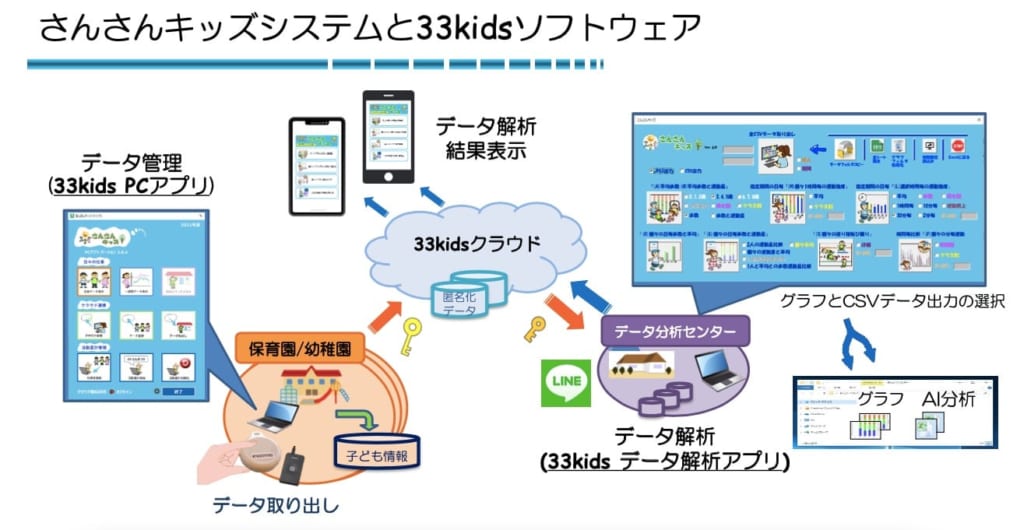
Kuroda: The data is analyzed at the touch of a button and can be viewed in graph form. In the future, we would like to analyze the activity and physical activity of children across multiple nursery schools and kindergartens, but at this point, we are already comparing and analyzing numerical values within each school. This will allow us to quickly see graphically what level of physical activity each child is at within the preschool.

Be able to examine children's physical activity status using global standard figures
Kuroda:The World Health Organization (WHO) of the United Nations published guidelines for exercise for children ages 5-17 in 2010 and for infants and toddlers under 4 in 2019. In other words, they are international standards that say children need to get at least this amount of exercise. If we use this as a basis, we can compare the amount of exercise measured by the Sansan Kids System and discuss the amount of exercise with the global standard. Until now, nursery school teachers have only been able to write reports such as "What-chan played vigorously today" in the nursery notebooks, but now they will be able to report with numerical support.
In addition, the movement data can tell us a variety of other things. At some of the day-care centers that have installed the Sansan Kids System, the child-care workers also wear activity meters, and we have seen that many of them have different movement classifications. In fact, the more experienced the childcare worker, the more likely they are to move in the same way as the children.
Editorial:That is very interesting! By the way, how many nursery schools and kindergartens are currently introducing this system?
Kuroda:To date, approximately 11 nursery schools and kindergartens have used the program.
Visualization of momentum and feedback will improve childcare and educational planning!
Editorial:How will data from the Sansan Kids System be used in the childcare field?
Kuroda:For example, children's activities under the Sansan Kids System are categorized as "high-mobility," "medium-mobility," "low-mobility," and "rest. The WHO standard mentioned earlier requires children to engage in "high-mobility" and "medium-mobility" activities for at least 60 minutes a day, so we have heard that it is good to be able to objectively confirm whether children are getting the kind of exercise that exceeds the standard and whether such guidance is being provided. I have heard that it was good to be able to objectively check whether the children were being taught in a way that exceeded the standards.
In contrast, there was an activity in one municipality to "record the number of steps taken by children," but simply recording the number of steps taken did not reveal the actual amount (intensity) of physical activity. As a result, the data was not very useful.
Editorial:Clear indicators that can be used to evaluate the state of childcare and instruction could be used to improve the field!
Kuroda:Another use of the Sansan Kids System is for the education of childcare workers. Instead of being told by others that their childcare activities are not up to scratch, they can apply feedback to their own childcare activities based on objective data.
For example, even if all the children in a class seem to be playing actively, the data from the Sansan Kids System reveals that some children were not getting enough exercise. By looking at this data, it is possible for the childcare workers themselves to evaluate their own childcare plans and think about childcare content and support cases for the children ......, which is a cycle that can be repeated.
Because the Sansan Kids System allows us to look at macro data not on a daily basis, but on a multi-month basis, we are able to grasp the actual state of children's physical activity. For example, children are naturally more active in the afternoon, but when we looked at data from the Sansan Kids System on a monthly basis at one daycare center, we found that the children's physical activity dropped dramatically in the afternoon compared to the morning. When the nursery school teachers noticed this, they gave us feedback to rethink the way childcare should be provided after 3:00 p.m., when naptime is over. After all, without statistical data, it is impossible to understand the actual situation. When we heard from the teachers that they were using the San-san Kids system in this way, we feel that the feedback is being well received.
Editorial:So the data obtained from the San San Kids system will make the childcare plan better and better.
Kuroda:Yes, we are working to improve the quality of care. At the same time, the data will show the results of the improvements, which will give the childcare workers confidence. As a side note, using the children's programming language Scratch and the data recorded by San San Kids, the children can create their own games in which they compete with their friends and siblings in terms of physical activity. This could also be used for programming education, which will be required from elementary school.
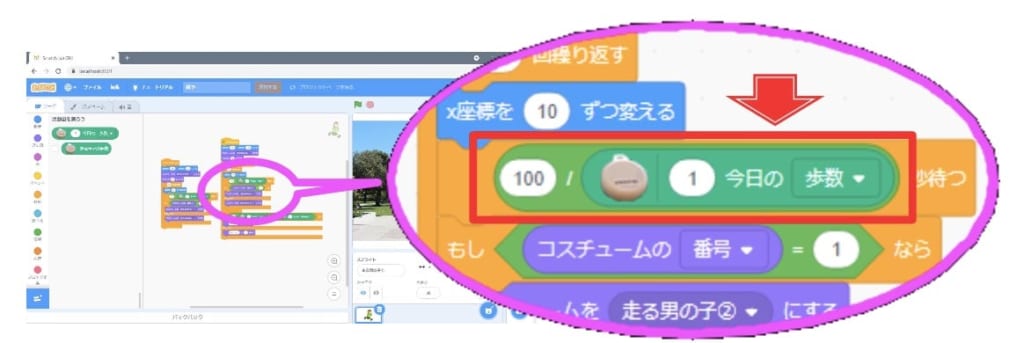
Combined with image recognition, it can be used to further understand children's activities
Editorial:Can you tell us about the future development of San San Kids System?
Kuroda:The basic system using an activity meter is already in place, but we are considering further combining it with image recognition. There is no need to use any special equipment, but simply by placing a common smartphone in a day-care center or kindergarten, it is possible to recognize children present there. By combining this image recognition data with activity meter data, it will be possible to determine "when, where, and how children were playing.
One trend in childcare these days is for each child to be free to play where they want, so one room is for storytelling, another is for climbing, and another is for crafts ....... In order not to interfere with that freedom of choice, I don't think it should be done in a way that forces the child to attach some special device (such as GPS or Bluetooth to measure distance and location).
Editorial:And you will be able to keep track of the children's activities in more detail. Moreover, there seems to be no burden on the childcare staff since all they have to do is leave their smartphones on the floor.
Kuroda:That's what we are aiming for. At the same time, since it only uses existing smartphones, the cost is also low. As for communication costs, the Sansan Kids System uses the cloud for data transfer and storage, but even with 100 children, the monthly cost is only about 500 yen. Moreover, the system can be used anywhere in Japan.
Editorial:It seems to me that it will greatly improve the way childcare is provided, even though the hurdles to introduce it are low! Thank you very much for your time today!
After the interview
As a parent who sends my daughter to kindergarten, I am very concerned about whether or not she is doing well and exercising at kindergarten. However, due to the large number of children in a kindergarten, it is not possible to ask the homeroom teacher in detail how the day is going. Therefore, it would be very much appreciated by parents if the Sansan Kids System could be introduced and provide data on their children's activity. Since "contact apps for kindergartens" are quite widespread, the environment is probably already in place.
At the same time, as a day-care center or kindergarten, it could help differentiate itself by gaining a reputation as a provider of evidence-based childcare and education plans and practices. That is exactly the kind of system that makes me wonder if the national and local governments would back it up in order to reduce children's lack of exercise and obesity, which would lead to lower medical costs in the future. ...... I felt that this system even makes me think about such things.
San San Kids System" Official Website
https://www.goletanetworks.com/ict-for-child-development
(ENDS)

